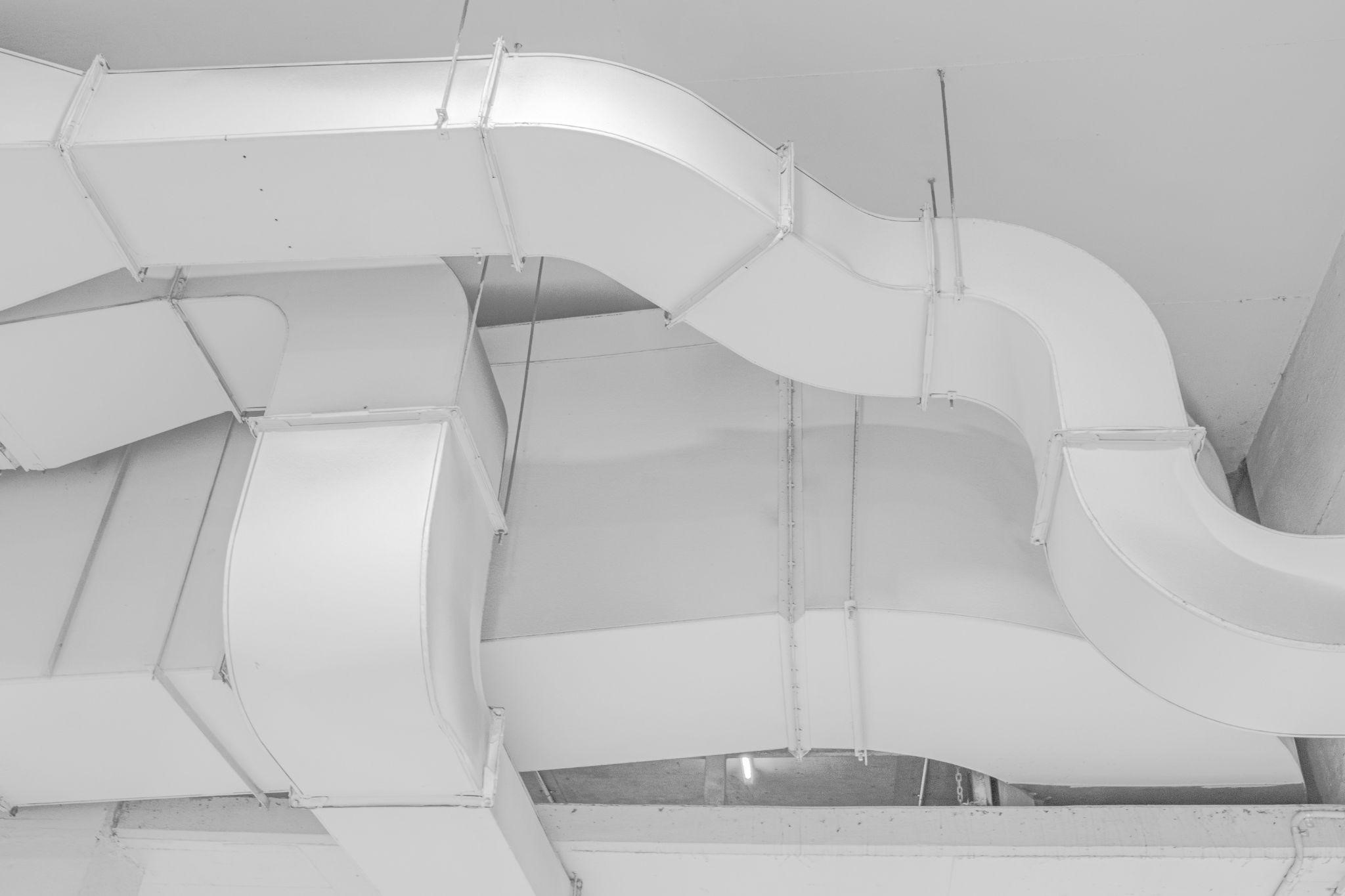Have you ever walked into a room in your home and found it too hot or cold? Perhaps you fumbled with the thermostat to find the right temperature but still felt uncomfortable? If so, you’ve experienced firsthand how crucial an efficiently designed and performing HVAC (heating, ventilation, and air conditioning) system is for indoor comfort.
Achieving balanced and consistent climate control throughout a building depends on a variety of interrelated factors, and ductwork design is a significant piece of the puzzle. Many problems, such as AC short cycling, can arise from improper ductwork design. Let’s uncover critical ductwork design considerations to ensure top HVAC performance.
1. Duct Layout
You should plan your duct layout strategically and consider factors like distance and air volume, as its positioning greatly enhances overall efficiency. Unnecessary twists and turns in the layout increase air resistance and decrease efficiency. You should avoid tight elbows because they can block the airflow. Straight and short runs from the HVAC unit are preferred because they reduce the resistance.
2. Routing
Routing refers to the ducts’ layout and path that distributes heated or cooled air throughout a home. Instead of routing the ducts through unconditioned spaces like an attic or basement, consider using spaces like interior walls instead. This way, even if the duct has some leakage, it will leak into the area it’s supposed to cool or heat with minimal energy loss due to less temperature difference.
3. Duct Sizing
An HVAC system’s ductwork size is crucial for delivering conditioned air as efficiently as possible. Proper sizing is determined based on design calculations that factor in variables like building dimensions, insulation levels, number of supply/return vents, and the selected HVAC equipment capacity.
Design your HVAC systems to operate at a specific air pressure. Oversizing increases the system’s workload by decreasing the static pressure- the pressure required to push air through the ducts. The energy wasted directly translates into higher costs and lower comfort levels.
Undersized ducts, conversely, strain the HVAC system by choking the airflow, increasing the static pressure. This pressure increases the blower fan’s resistance, reducing efficiency and longevity.
4. Sealing and Insulating
Improper sealing is the most significant cause of energy wastage. It depletes the cooling/heating capacity of the system. There are many ways to seal ducts and improve duct integrity properly. You should use mastic and fiberglass mesh to seal the seams and joints. The mesh reinforces the mastic bonds to provide lasting duct integrity. You can also add an extra layer of security by using aluminum tape. Consider using mechanical fasteners like metal screws that strengthen and secure duct sections.
After sealing, the next step is proper insulation. All ducts running through unconditioned areas like attics, crawlspaces, garages, or exterior walls must be insulated. This helps prevent unwanted heat transfer to or from the ductwork, maintaining the supply air temperature as intended.
5. Proper Placement and Fastening of Duct Registers and Grilles
Duct Registers and Grilles are the end components of ducts through which air enters (duct registers) and leaves (grilles) the living spaces. There should be one return vent (grille) in each room for large houses. For smaller homes, vents aren’t necessary for each room and instead should be placed in traffic areas like bedrooms, living rooms, and main hallway(s).
Use screws, such as metallic fasteners, to fix them in place. However, if they are not correctly attached, the air vibrations loosen up the screws over time. The weakened connections become air leakage sites. This is why you should fasten all the screws tightly and conduct regular inspections to locate any weak points. This way, you can avoid energy loss from air leakage.
Endnote
Properly designing your home’s ductwork is a vital yet overlooked aspect of HVAC that you should not leave to chance. Following ductwork best practices requires more planning upfront, but the payoff is well worth it in lower energy bills, reduced repairs, and a climate-controlled home you can truly feel good in. With proper ductwork design, your HVAC system can operate at peak efficiency for many years to come.

